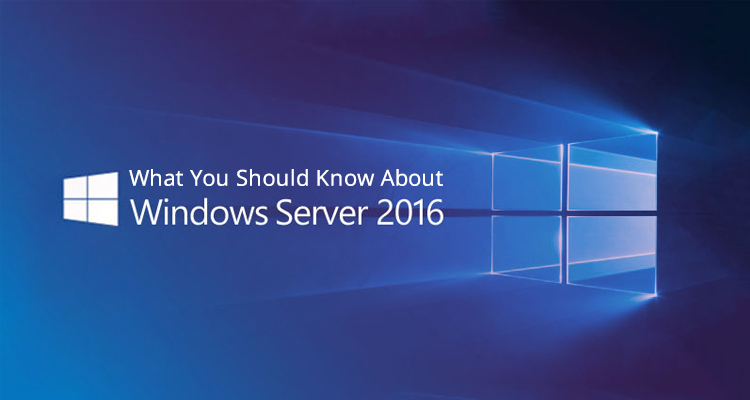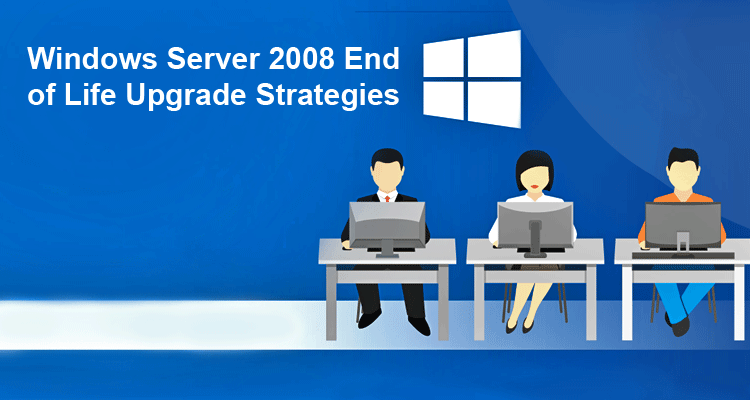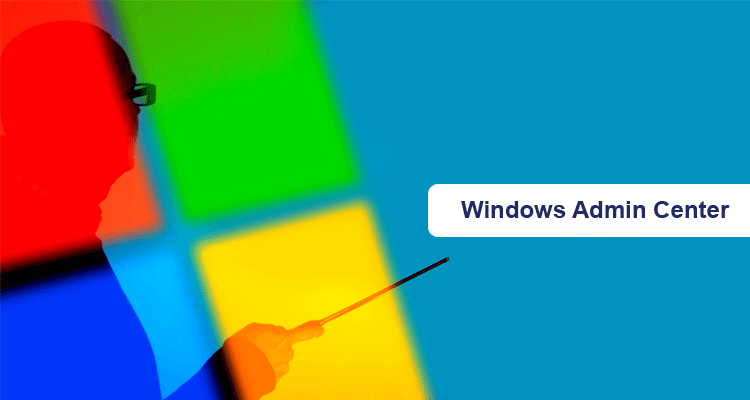What You Should Know About Windows Server 2016

Microsoft Windows Server 2016 is a server operating system developed by Microsoft Company as part of the Windows NT family of operating systems. Windows Server 2016 was released on September 26, 2016. It has two successors: Windows Server 2019, and the Windows Server Semi-Annual Channel, which excludes the graphical user interface and many older components.Microsoft Windows Server 2016 includes several new features, including Nano Server a lightweight installation option that is 93% smaller than traditional Windows Server deployments and native container support. Windows Server 2016 also includes new software-defined storage options and improvements to Hyper-V.
Some of the Top Features of Windows Server 2016
SOFTWARE-DEFINED NETWORKING
Software-defined networking (SDN) has been one of the most consistently hyped concepts of the 2010s. It refers to the practice of letting a CPU make centralized decisions about how traffic on an internet protocol network is managed.
In Windows Server 2016, it is possible to securely segment applications on a network via SDN. This is possible because of new capabilities for routing and mirroring the traffic flowing to and from virtual machines. The ultimate effect is to make Windows Server 2016 networking fundamentally similar to how Azure works.
CHANGES TO HYPER-V
The Hyper-V role in Windows Server lets you create a virtualized computing environment where you can create and manage virtual machines. You can run multiple operating systems on one physical computer and isolate the operating systems from each other. With this technology, you can improve the efficiency of your computing resources and free up your hardware resources.
Privileged Access Management for Active Directory
With heightened awareness on security, the new Privileged Access Management (PAM) for Active Directory provides a built-in solution for organizations to provide “just enough administration” processes to address network administration controls. For many enterprises, PAM replaces expensive third-party solutions purchased to do the very thing that PAM provides or eliminates the need for organizations to go out and buy, implement and integrate a complex third-party solution.



